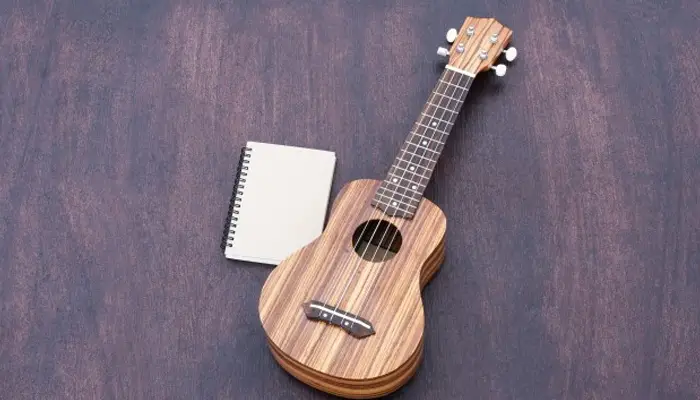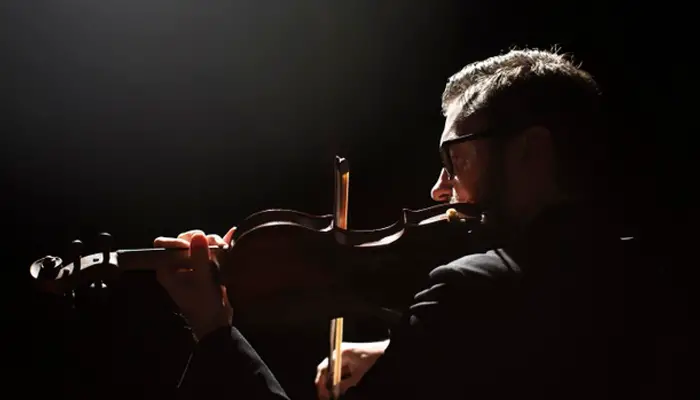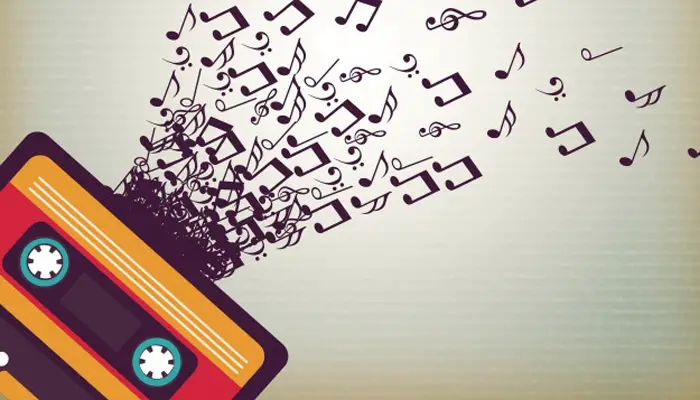
Do you want to know what types of musical notes should you use in your song?
Musical notes serve as the fundamental building blocks of music, defining pitch, duration, and intensity. Whether you’re a seasoned musician or just starting your musical journey, understanding the different types of musical notes is crucial.
In this guide, we’ll delve into the intricacies of musical notation, exploring various note types, their durations, and practical applications.
So let’s begin.
What Are Written Notes?
The purpose of a note is to specify the pitch, duration, and loudness. The length for each type varies depending on its key signature in music written with any instrument like piano or guitar.
Each time value has designated space allocated at either end to indicate where it begins/ends between lines below (line names) as well as above(space name).
Each note’s location may be determined by what kind of sound you want when playing your instrument: single-single notes appear just one step apart from another such that they can easily play both together without getting too close.
Double-single notes appear just one step apart from another such that they can play both together with no problem; double-double notes look two steps apart and so on.
7 Types of Musical Notes
In this section, we’re going to tell you different types of musical notes that you should know and understand the basics.
1. Semibreve (Whole Note):
The semibreve, often referred to as the whole note, stands as a beacon of musical time, symbolizing a complete beat in musical notation. It is represented by a hollow oval shape with no stem.
With a value equivalent to four beats in most common time signatures, the semibreve commands attention and provides a foundation for rhythmic structure.
Frequently encountered in sustained melodies or as the backbone of harmonic progressions, the semibreve bestows a sense of stability and continuity to musical compositions.
2. Minim (Half Note):
The minim, a close companion to the semibreve, represents a halving of musical time, occupying a duration of two beats in standard time signatures. It is represented by a hollow oval shape with a straight stem.
Its moderate length lends itself well to melodies requiring movement while maintaining a sense of groundedness.
Often employed in melodies, basslines, and rhythmic patterns, the minim strikes a balance between continuity and variation in musical phrasing.
The expression “half note” came over with German settlers into North America during colonial days, but today’s American usage dates back all way ago: 19th-century loan translation really seems well.
3. Crotchet (Quarter Note):
The crotchet, or quarter note, epitomizes the heartbeat of music, dividing musical time into precise units of rhythmic expression. It is represented by a filled-in oval shape with a straight stem.
With a duration of one beat in most time signatures, the crotchet serves as the cornerstone of rhythmic articulation.
Found in virtually every musical genre, the crotchet drives the pulse of compositions, guiding performers and listeners alike through rhythmic landscapes with clarity and precision.
4. Quaver (Eighth Note):
The quaver, or eighth note, introduces a level of rhythmic intricacy, dividing each beat into two equal parts. It is represented by a filled-in oval shape with a straight stem and one flag.
It’s similar to fusa in mensural notation, but not quite as long at twice its value or half an 8th note value – which makes it equivalent with 4 sixteenth notes (1/2) and 2 thirty second notes).
Quaver stems look like this: “>. Eighth Note retains these values even when written above other types such as ‘dotted quaver’ indicating double-time figures.”
5. Semiquaver (Sixteenth Note):
The semiquaver, or sixteenth note, represents a further subdivision of musical time, offering heightened rhythmic complexity. It is represented by a filled-in oval shape with a straight stem and two flags.
With a duration of one-fourth of a beat in common time signatures, the semiquaver enables intricate rhythmic patterns and virtuosic performances.
Integral to fast-paced passages, intricate rhythms, and polyrhythmic textures, the semiquaver challenges performers to navigate musical terrain with agility and precision.
It has been found in mensural notations from as far back as 15th century Italy where it was first used to represent sixteenths counts for slashes between notes within phrases – this concept dates all the way back then!
6. Demisemiquaver (32nd Note):
The demisemiquaver, or thirty-second note, epitomizes musical brevity, capturing fleeting moments of time with remarkable precision. It is represented by a filled-in oval shape with a straight stem and three flags.
With a value of one-eighth of a beat in standard time signatures, the demisemiquaver demands dexterity and control from performers.
Employed in rapid passages, virtuosic flourishes, and rhythmic embellishments, the demisemiquaver showcases the technical prowess and expressive capabilities of musicians.
7. Other Notes
Those are the main notes you’ll come across and use in musical notation but you can get shorter and longer notes too. Now let’s see some other types of musical notes.
Hemidemisemiquaver (64th note)
The difference between the two lies in the length of their tails: a hemidemisemiquaver has a shorter tail than a demisemiquaver (I know, it’s kind of long), and that is what distinguishes it from a regular demisemiquaver.
Breve (double whole note)
You may also use a note called a breve, which is worth eight beats and twice as long as a semibreve. It’s not common, but it’s something you’ll need to know about for a grade 5 music theory exam.
Embracing Musical Notation:
Music Note Tree
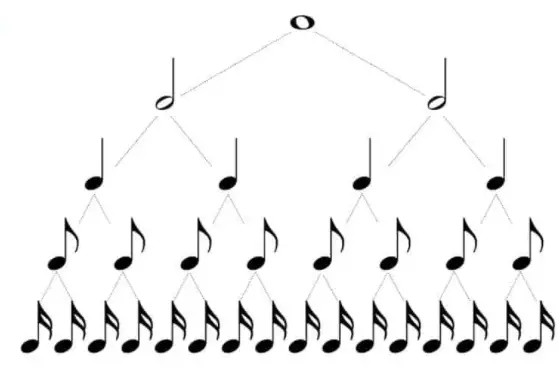
The music note tree is a perfect visual way to explain all forms of notes’ relationships. The semibreve at the end, separated into two minims (half-notes).
Two half-minims are equivalent to one whole note so you could say that every other group in between these different sizes makes up 50% less sound than their corresponding size category which means this would go on for quite some time before repetition starts playing havoc with your eardrums!
Note Stems
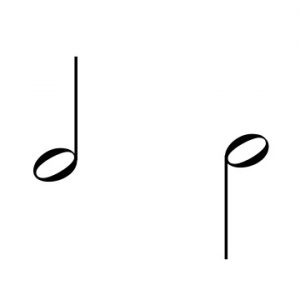
In musical notation, stems are “thin vertical lines that connect the note head to indicate which voice should play.”
Different-pointing staves can suggest either polyphony or monophony depending on how they’re written: pointing up means more voices for a fuller sound and down implies one singer with an accented melody playing against another accompanying instrument(s).
Note Tails
In music, a note with its tail pointing up is called an “up-beat”. The semiquavers and quavers of the world might have their own unique names but it’s still important to know how they work together as you go about playing your favorite tunes!
Dotted Notes
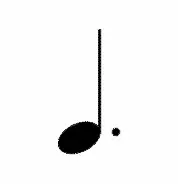
A dotted note is a small dot written after the first argument in west-meets musical notation.
This means that it makes simple notes longer by half their original value, which can be useful when you need to sharpen or Equalize your voice for different volumes of sound volume.
Tied Notes
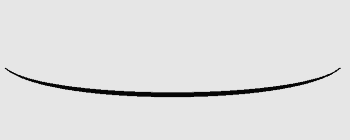
In music notation, the tie is a curved line linking two notes of the same pitch. It means that they should be played as one note for its duration and value or values (pitches).
The slur has an appearance similar to this gesture; however, it blends tones from various instruments instead of just using one instrument’s sound during playback on your instrument(s).
Frequently Ask Questions
What does a tie mean in music notation?
A tie signifies a connection between two notes of the same pitch, indicating that they are to be played as a single sustained note, combining their durations seamlessly.
When would you use dotted notes?
Dotted notes are utilized to extend the duration of basic note values, providing rhythmic variation, emphasis, and expressive depth to musical phrases.
Conclusion: Types of Musical Note
Embark on your journey through the enchanting world of musical notation armed with a newfound understanding of musical notes and their myriad possibilities. Whether you’re composing, performing, or simply listening, let the language of music guide you, transcending boundaries and igniting the flames of creativity.
Embrace the nuances of musical notation, for within its intricate symbols lies the power to convey emotion, tell stories, and inspire hearts. Let your passion for music soar as you unlock the secrets of musical notes, embarking on a transformative odyssey of sound and soul.
You can also check out our guide on What Are the Names of Musical Instruments and How to Read Sheet Music for Guitar.

